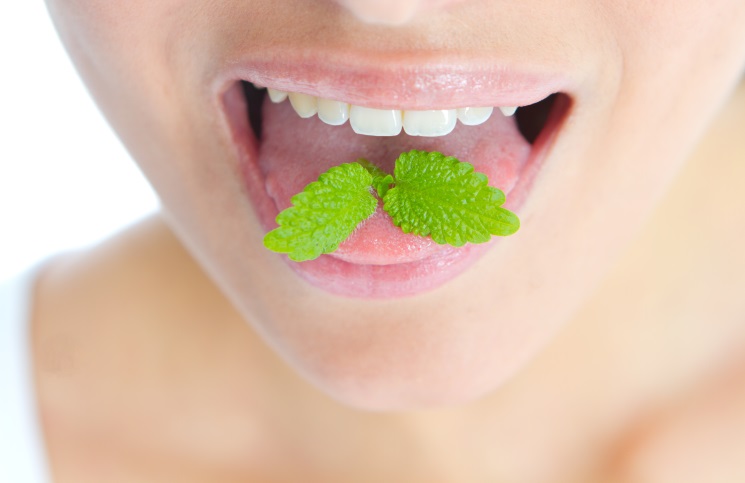A visit to the dentist is always expensive. A simple cleaning and a few xrays can cost $50 – $200. The costs quickly spiral up hundreds of dollars more if descaling, fillings, root canals, veneers, or other restorative work is needed.
Knowing the difference between plaque and tartar will help you prevent cavities, gum disease, and tooth loss.
Identifying Plaque
All dental problems start with an innocent, invisible bacterial-biofilm which forms on our teeth. Known to most of us as “plaque,” this clump of bacteria begins to form on teeth within 30-minutes after brushing and multiplies even faster soon after you eat.
Since bacteria feeds on sugar just like any other living organism, the rate of colonization is directly proportionate to how often you eat versus how often you brush, floss, or use an anti-bacterial mouthwash.
The pH levels in the mouth also play a role in how fast people develop plaque, as bacteria thrive more in acidic environments.
Public Enemy #1: The Infamous Tartar
Tartar (dental calculus) occurs when plaque remains on the teeth and begins to harden. This process occurs more quickly than most people think, generally within 48 hours of plaque forming. After approximately 10 days, the tartar will be fully-hardened.
While plaque can be easily cleaned away with a simple toothbrush and floss; tarter requires a dentist or hygienist to use a variety of cleaning tools, along with years of training and practical experience to remove the tartar from your teeth. This is why we’re taught from an early age to brush at least twice every day and floss before going to bed.
Why Tartar is So Dangerous
The bacteria that creates plaque doesn’t die off when it hardens to tartar. The bacteria now just has a fortified shield holding it together, where it can continue to feed off of the organic material in our mouth unfettered, spreading further above and below the gumline.
Every time we eat, the bacteria in the tartar release acid onto our teeth every time they come in contact with the sugars in our food. Nearly all foods and beverages, other than meat, eggs, and water contain at least some sugar. Don’t be fooled by labels like “healthy carbs”, “low glycemic value”, or the very deceptive “complex carbohydrates”. Carbs are sugar, and the bacteria in your mouth doesn’t care what the food packaging says.
These acids wage war on the protective layer of enamel covering our teeth. They eat away at the enamel until eventually a cavity is formed. If tartar spreads below the gumline, it causes inflammation known as “gingivitis”. If gingivitis isn’t halted quickly, periodontal disease begins to form, causing wide-spread infection and tooth decay in the roots of the teeth, resulting in eventual tooth loss.
How to Prevent Tartar From Forming
Preventing tartar buildup is simple. Remove plaque from your teeth before it has a chance to harden. Since we know that plaque begins to get stubborn and difficult to remove around the 48-hour mark, preventing tartar is simply a matter of being consistent with your daily oral care regimen, and perhaps some changes to what and how you eat and drink.
• Brush at least twice daily (preferably after each meal and after drinking sugar-containing beverages).
• Floss every evening before going to bed.
• Use mouthwash or mouthwash strips (i.e., Listerine Pocketpacks) in between meals to help limit plaque from growing.
• Don’t snack on carb-laden foods or drinks between meals (if you must eat treats or drink sugary beverages, consume them with your meals and then brush right afterwards).
• See your dentist every six months (they can remove any tartar buildup before it causes cavities or spreads beneath your gumline).
Summary
Plaque and tartar control doesn’t require any scientific knowledge or special tools. Brush and floss as recommended, cut back or eliminate sugar from your diet, and see your dentist regularly so they can remove the small amounts of tartar that do form in your mouth, despite your best efforts.
Follow this simple formula and it’s unlikely you’ll ever have to experience the pain and expense caused by cavities and gum disease.




